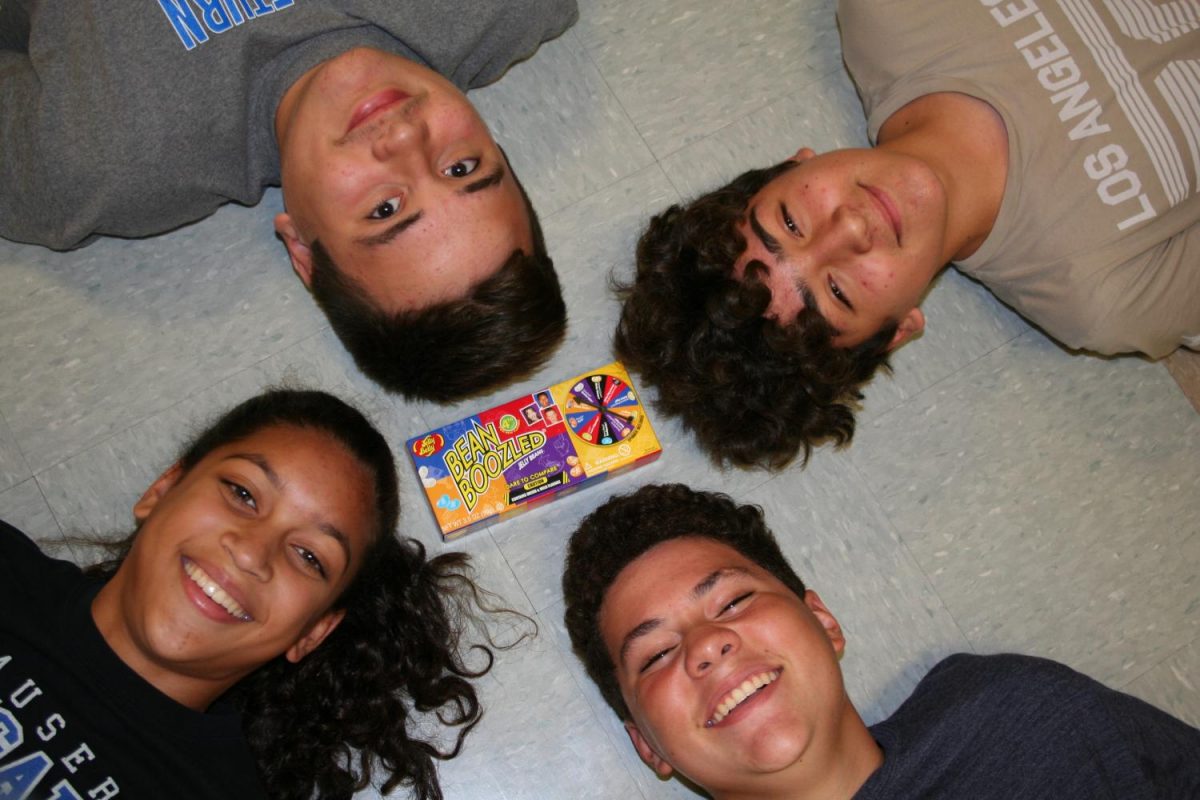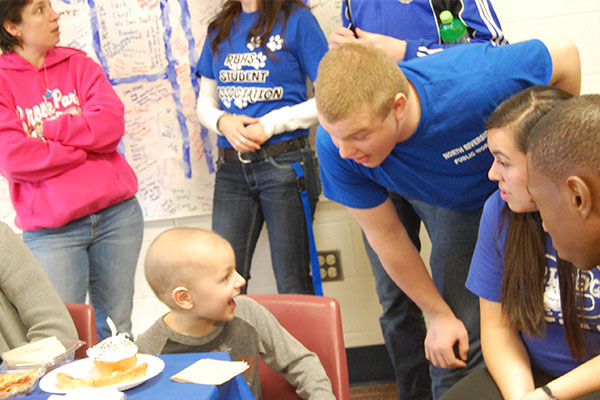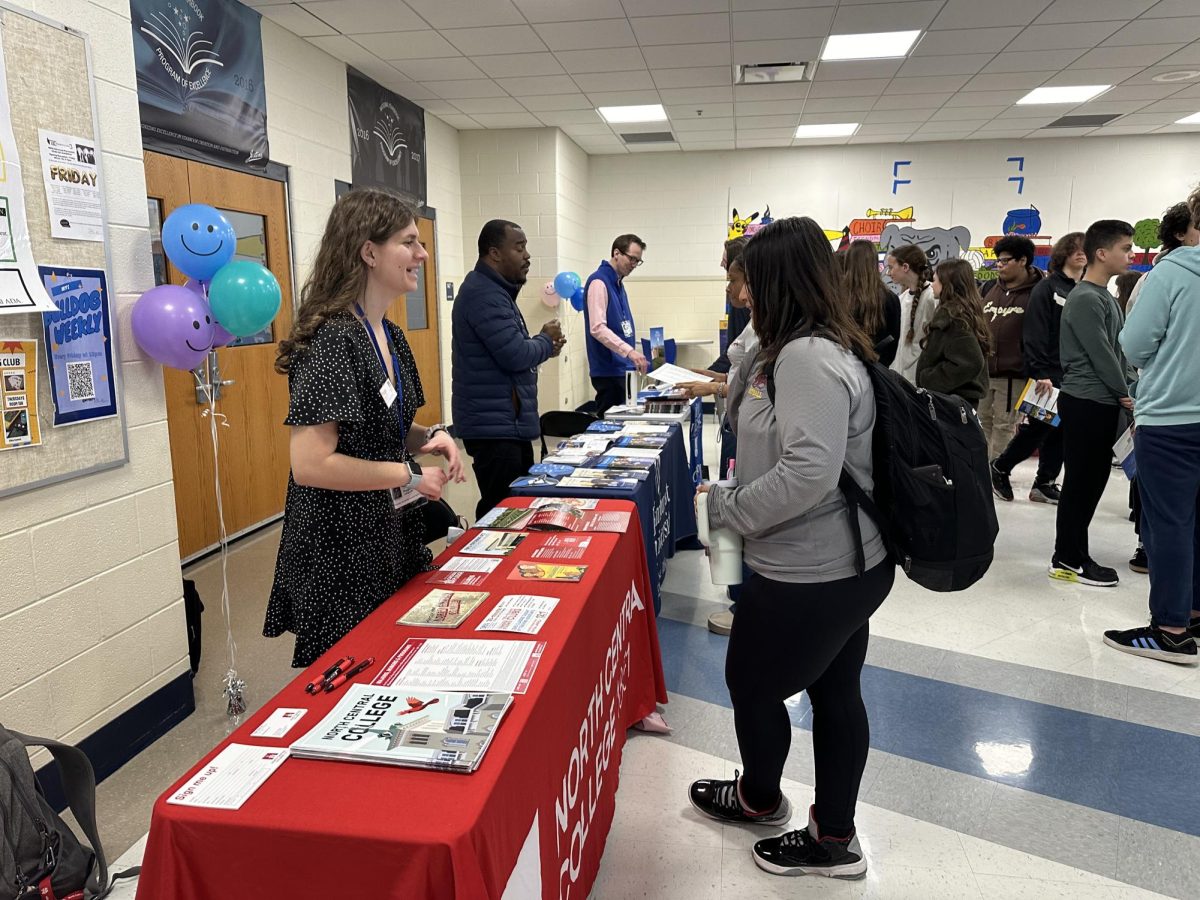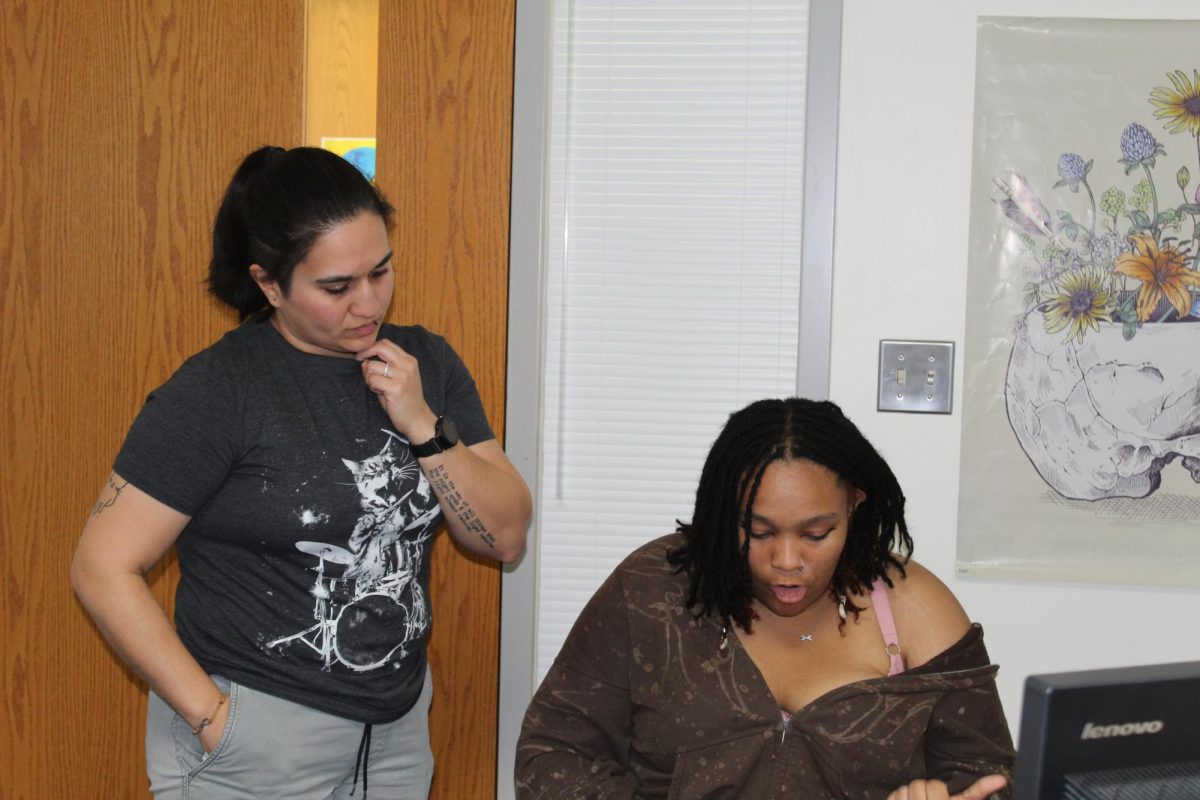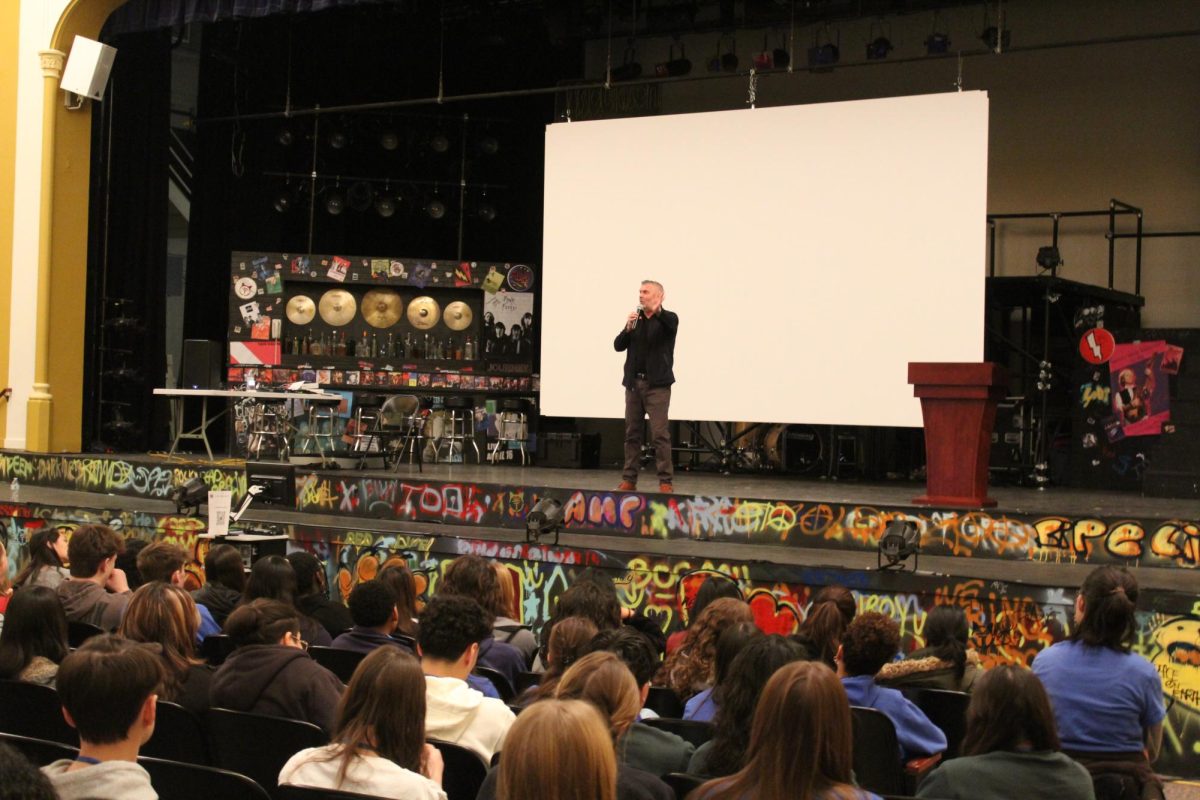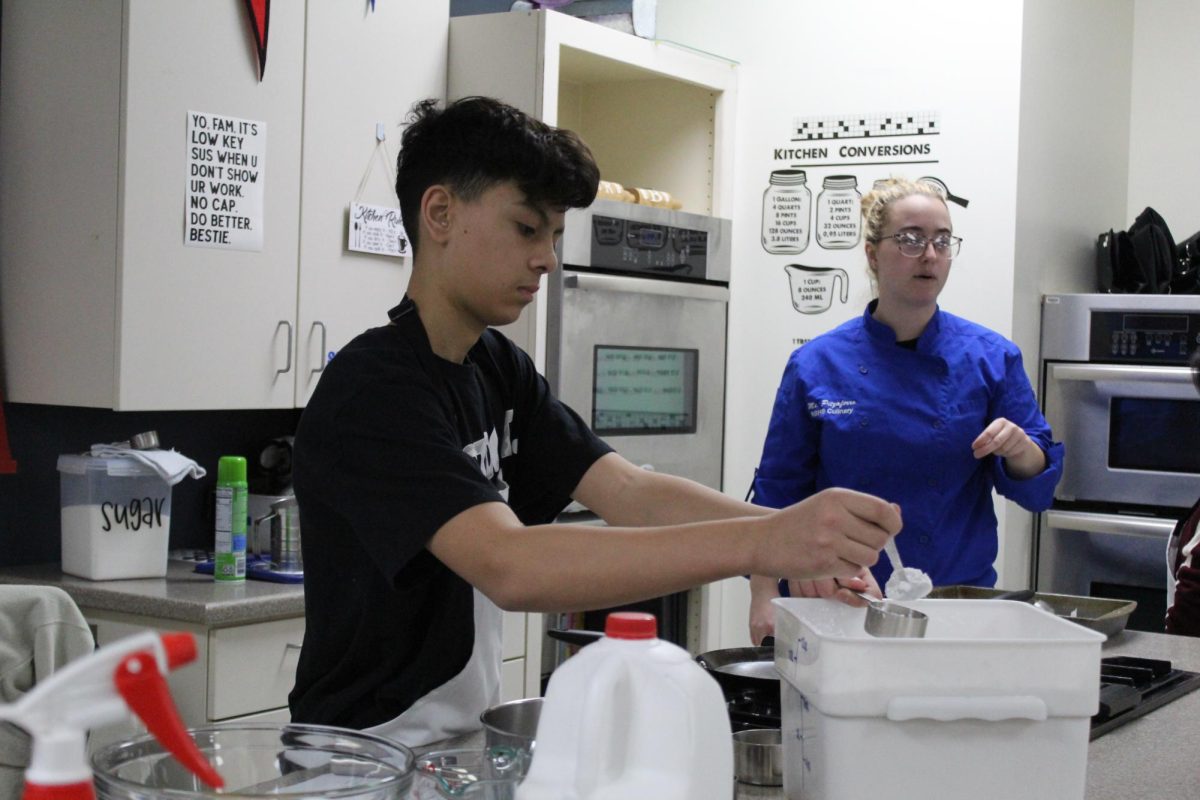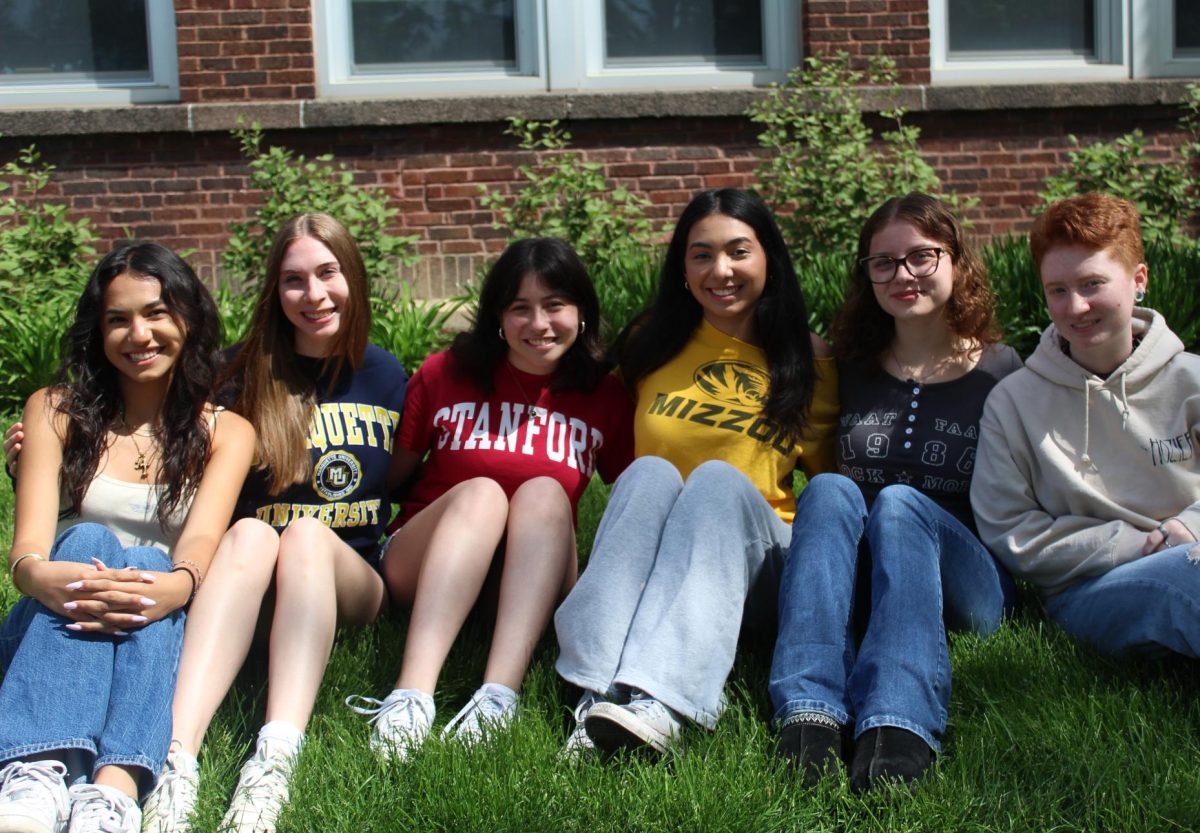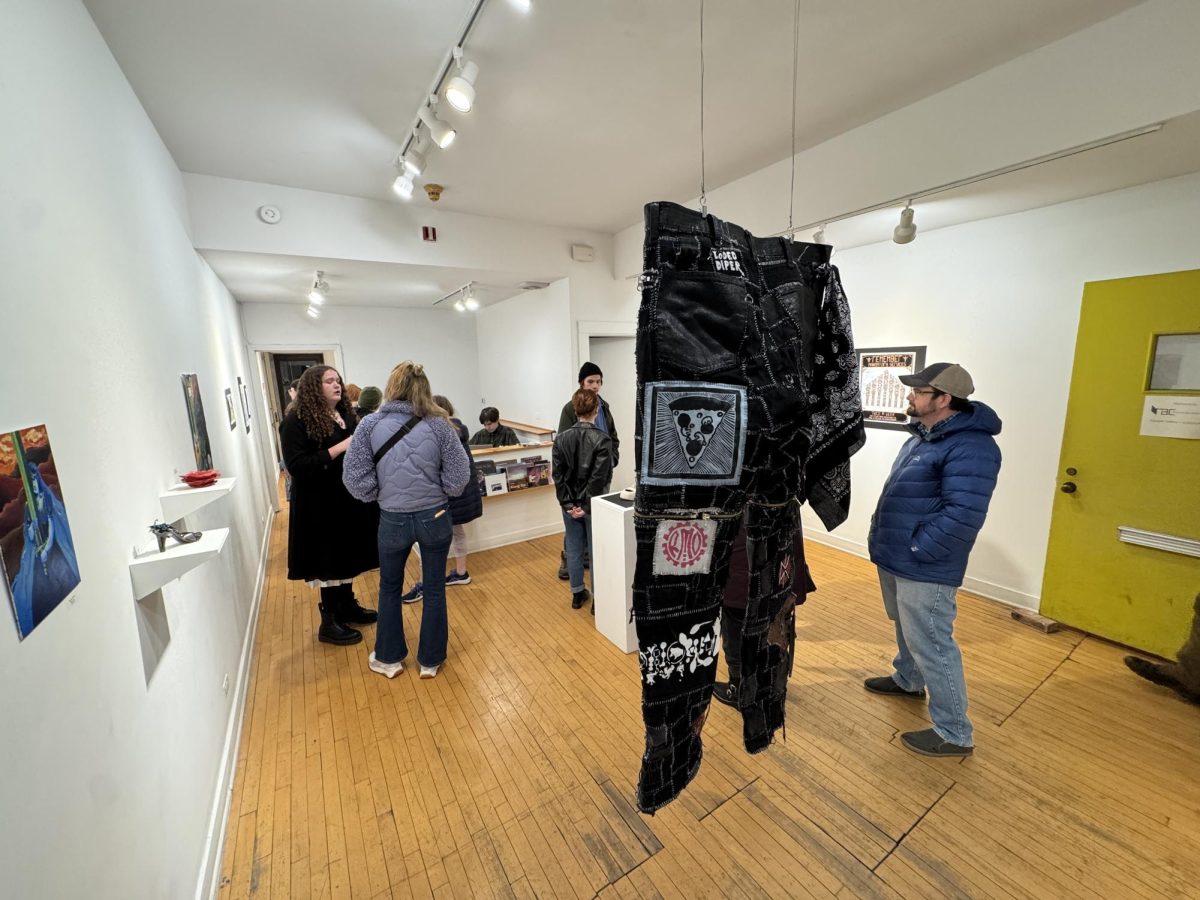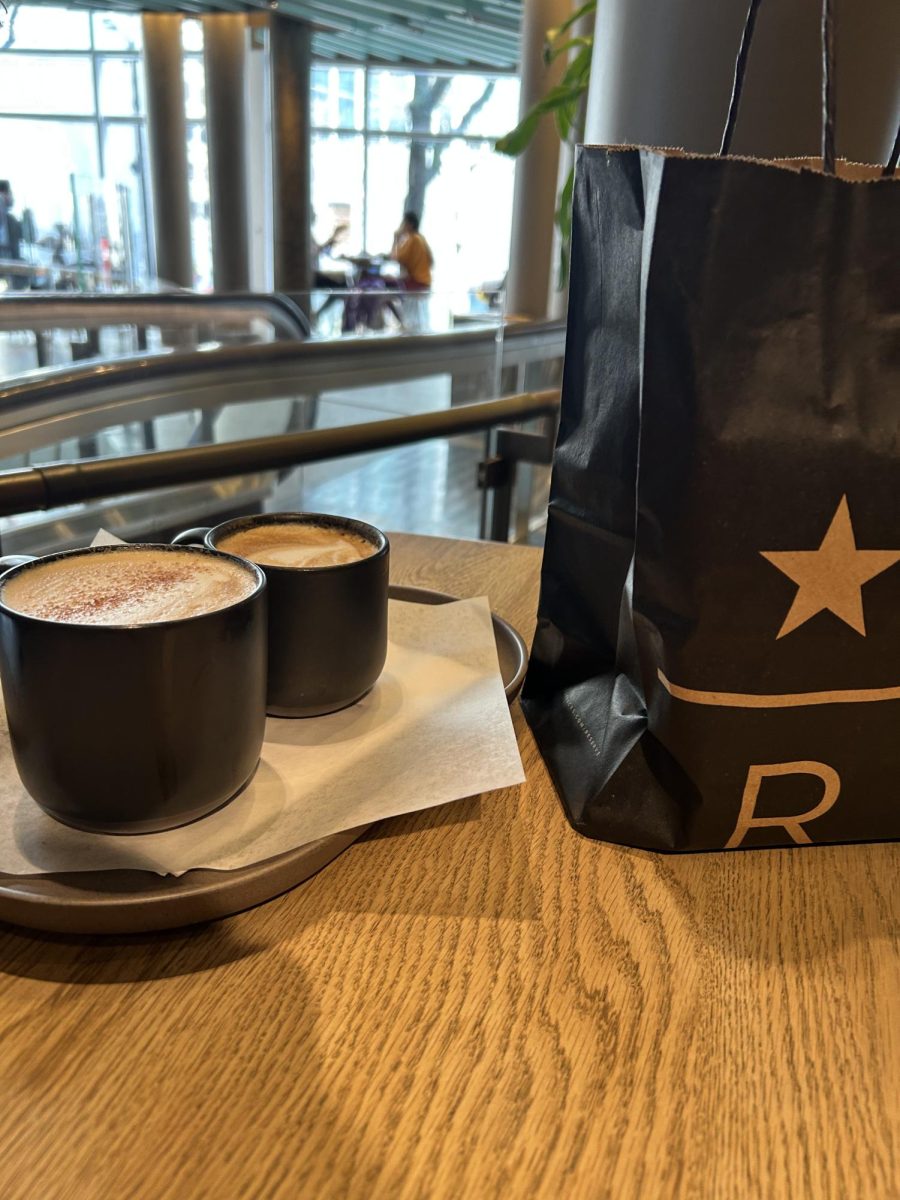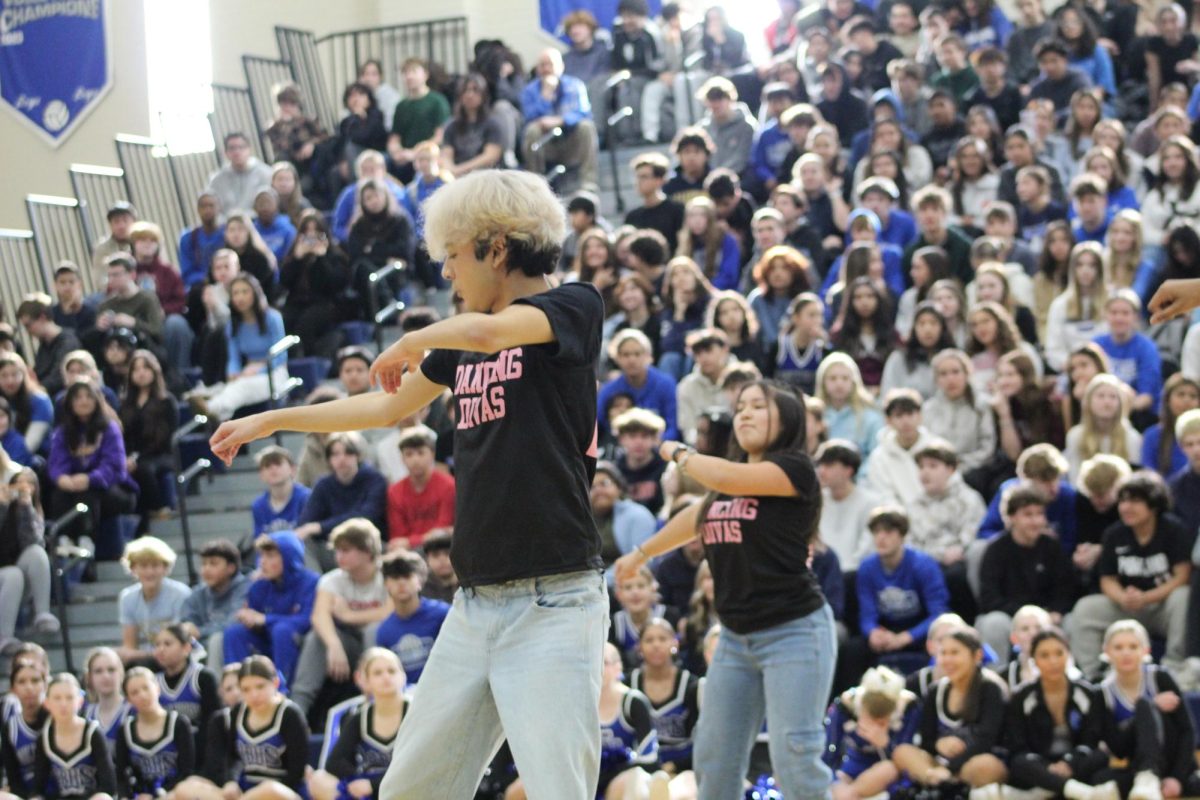Every student at RB learns all about Charles Darwin and his theory of evolution as a freshman in biology. They learn all about his findings at the Galapogos Islands with the finches. But for a few RB students, they decided to take this lesson to another level with a SEE Team sponsored trip to the Galapagos Islands.
Three RB students took advantage of the once in a lifetime opportunity of visiting the famous Galapagos Islands. Seniors Caitlin Clark and Emily Cain, along with Sophomore Katie Maxwell were joined by teacher Jennifer Waldock on the ten-day trip. This trip was offered to any member or former-member of the SEE team (School of Environmental Education), an alternate education plan that is offered freshman year that puts an emphasis on the environment. In past years, the group had gone to New Orleans to help with rebuilding the city, but they decided to change it up this past summer.
“After three summers doing that, we decided as a team to try something new,” said Waldock. “The Galapagos Islands are such an ecologically significant location so we thought it would be a perfect fit within the SEE Team goals to travel to the islands and study the rich plant-life and animal populations.”
The group arrived in Quito, Ecuador on June 14, and spent the first day exploring the capital. They took a tour of Quito and saw many old churches and buildings including the Ecuadorian Statue of Liberty. They were also shown the exact spot of the equator in Quito. “Quito was different. The architecture had a nice mix of modern and old buildings and churches,” said Cain.
The next day, the group traveled to the main destination, the Galapagos Islands. It took about an hour and a half by plane to get to San Cristobal, one of 18 islands that make up the Galapagos. They would spend the remainder of the trip living on San Cristobal, Santa Cruz, and Isabella, the three main islands on the Galapagos.
Since there are only about 20,000 people in the Galapagos Islands and tourists are limited, the islands are not overcrowded. Tourists and scientists aren’t the only people present on the island, there are towns home to natives on the island. ”There are developed towns on the islands, which I don’t think many people realize,” said Waldock. The sole reason that so many people want to go to the historic islands is the unique wildlife.
Maxwell said seeing the different animals was the best part of the trip. “The wildlife was very unique. It was interesting how (the Galapagos Islands) were the animals’ home, not the people.” On the trip, the students encountered penguins, sea lions, iguanas, blue-footed boobies, and of course, Darwin’s finches. In the highlands of San Cristobal, they saw many tortoises and were allowed get within a few feet of them. Even more animals were seen underwater when the group went snorkeling right off the islands.
Most of the activities that the RB kids did in San Cristobal involved the wildlife because there is no other place like the Galapagos and is a once in a lifetime opportunity. They went on day hikes on the islands and even hiked up a volcano on the island.
The food there was very different as it is South America, but the RB group agreed that they liked the change. They ate cold soups, fruit as a meal, and even had popcorn for a meal. Foods that they didn’t expect to be good, turned out to be a treat.
The group also went to the Charles Darwin research center and learned even more about his monumental findings. Now they can go back to RB and say they truly experienced Darwin’s evolution.

